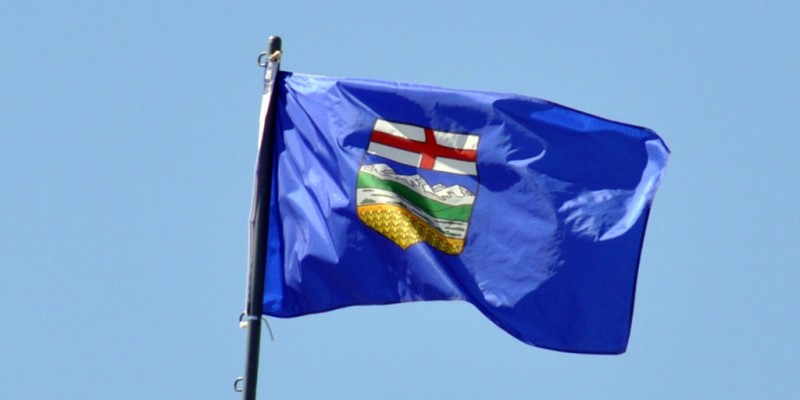Kenney government should discard ‘wait and hope’ budget strategy

With the federal election now behind us, all political and policy eyes in Alberta have turned to the Kenney government’s first budget, to be tabled Thursday.
We’ll likely learn a lot about how the United Conservative Party plans to govern, and whether it will take the same passive and painfully slow approach to reducing the province’s deficit embraced by its predecessor. Or if it will instead reform and reduce government spending and eliminate the deficit quickly.
Let’s flashback to the start of the Notley government’s term in office when the NDP inherited a terrible fiscal situation. Spending growth by preceding governments, combined with a rapid drop in government revenues due to the oil-price collapse of 2014, had produced a massive budget deficit. Unfortunately, the Notley government took a passive and meandering approach to addressing this big problem, and continued to increase nominal spending year after year (even as other hard-hit energy jurisdictions tightened their belts). As a result, large deficits persisted.
Over the years, the government tabled various budgets showing paths to either deficit-reduction or deficit-elimination. But these too were passive and fraught with risk, relying on economically-harmful tax hikes (that didn’t bring in that much new revenue anyway) and a fingers-crossed hope that rising oil prices would raise revenues and solve the deficit for it.
In other words, the Notley government hoped for another ride up the “resource revenue roller coaster” it so often (and correctly) decried in Opposition as a misguided fiscal strategy.
Indeed, it’s tempting for Alberta governments to avoid hard decisions about government expenditures during tough times in hopes that rising oil prices will eventually save the day. But again, this approach gambles with the well-being of future generations who eventually must pay the interest on the resulting debt if things don’t pan out.
On Thursday, we’ll learn whether the Kenney government will take this same passive risky approach by continuing to increase nominal spending like its predecessor while hoping for higher resource revenue down the road to eliminate the deficit. Or if it will take a more active approach to deficit-reduction by targeting provincial government spending.
The reality of Alberta’s situation is daunting. A half-decade removed from the oil-price decline, the province still faces an annual operating deficit of $7.9 billion and has racked up $37.7 billion in net debt, which is forecast to hit $56.9 billion by 2022/23 unless the government changes course.
Government revenues in all provinces—but especially Alberta—are unpredictable. What the Kenney government can control, however, is how much it chooses to spend. To ensure a brighter fiscal future for Albertans and future generations, the UCP government must abandon the “wait and hope” approach to deficits and take active steps to balance the books.
Author:
Subscribe to the Fraser Institute
Get the latest news from the Fraser Institute on the latest research studies, news and events.

